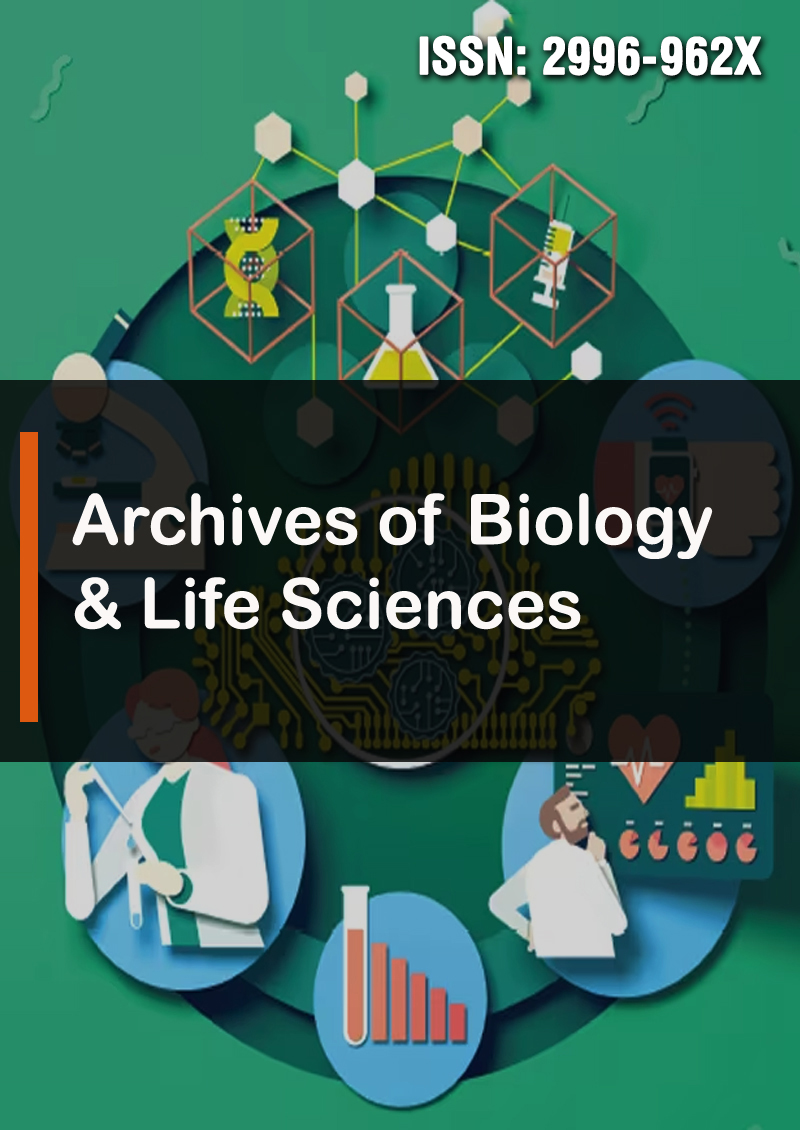Pelvic Scarring: A Result of Gravidity and Parity, or Simply Evidence of Biological Potential?
Abstract
Georgina Ives, Sarah E. Johns and Chris Deter
Background: Despite extensive research in recent decades, the association between pelvic scarring and obstetric events remains contentious, with discrepancies exacerbated by sample and methodological inconsistencies. This study revisits the investigation of a potential link between gravidity (pregnancy) and parity (childbirth) events and commonly observed scar sites on the modern pelvis using standardised analysis.
Method: A known sample from the Texas State Donated Skeletal Collection (TXSTDSC), comprising 169 females and 51 males, was utilised in the morphometric analysis of four key scar features around the pubic and auricular areas of the pelvis. Associations between each scar feature and obstetric events were examined within mixed-sex and female-only samples. Cross-tabulation and Chi-square analyses were utilised to assess simple scar occurrence, while potential associations with scar dimensions underwent Kendall’s tau-B testing.
Results; Combined-sex analyses revealed significant associations between gravidity and parity, and all scar features but pubic tubercle extension (p = <0.001 – 0.003). However, associations decreased upon the removal of male samples, with statistical significance remaining for only the preauricular sulcus (gravidity: p = 0.022; parity: p = 0.047) and superior interosseous cavity (gravidity: p = 0.002; parity: p = 0.004).
Conclusion: Detailed analysis of results highlights that while the sulcus development is influenced by obstetric events, biological sex plays a more significant role in presence and severity. The superior cavity appears to be most influenced by the biomechanical stress caused by pregnancy and vaginal birth – thus making this feature of particular interest and warranting further investigation with consideration of clinical practice and osteological study.



